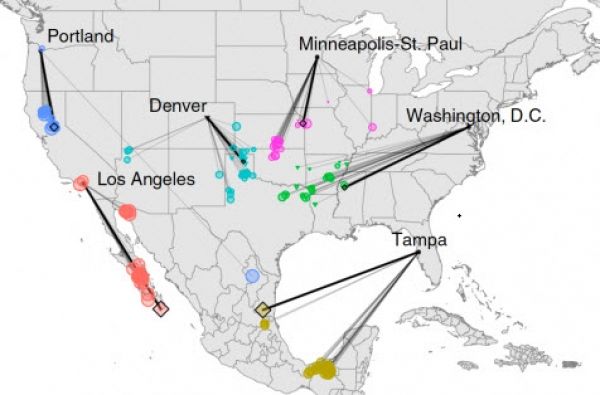In one generation, the climate experienced in many North American cities is projected to change to that of locations hundreds of miles away—or to a new climate unlike any found in North America today. A new study and interactive web application aim to help the public understand how climate change will impact the lives of people who live in urban areas of the United States and Canada. These new climate analyses match the expected future climate in each city with the current climate of another location, providing a relatable picture of what is likely in store.
“Within the lifetime of children living today, the climate of many regions is projected to change from the familiar to conditions unlike those experienced in the same place by their parents, grandparents, or perhaps any generation in millennia,” said study author Matt Fitzpatrick of the University of Maryland Center for Environmental Science. “Many cities could experience climates with no modern equivalent in North America.”
Scientists analyzed 540 urban areas that encompassed approximately 250 million inhabitants in the United States and Canada. For each urban area, they mapped the similarity between that city’s future climate expected by the 2080s and contemporary climate in the western hemisphere north of the equator using 12 measures of climate, including minimum and maximum temperature and precipitation during the four seasons.
Read more at University of Maryland Center for Environmental Science
Image: Under current high emissions the average urban dweller is going to have to drive more than 500 miles to the south to find a climate similar to their home city by 2080. CREDIT: Matthew Fitzpatrick / University of Maryland Center for Environmental Science


